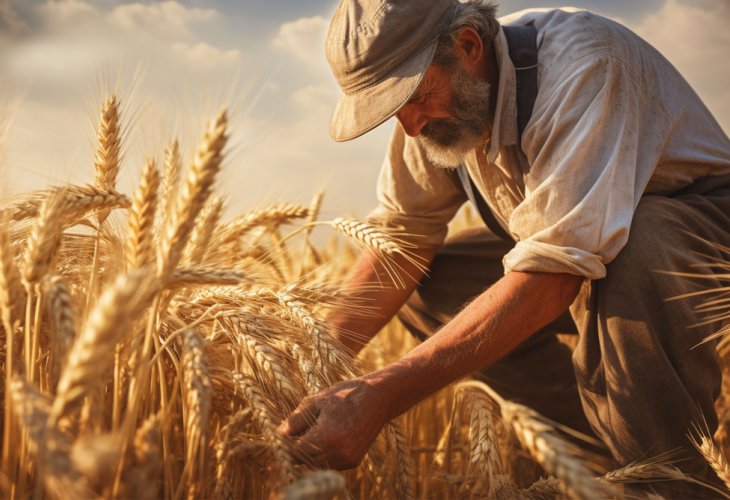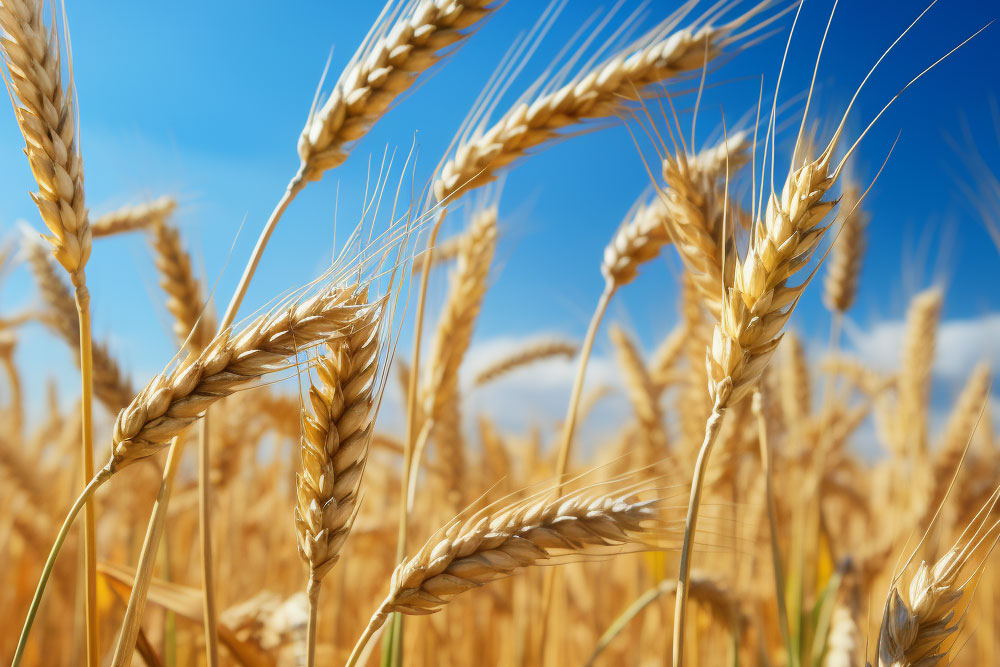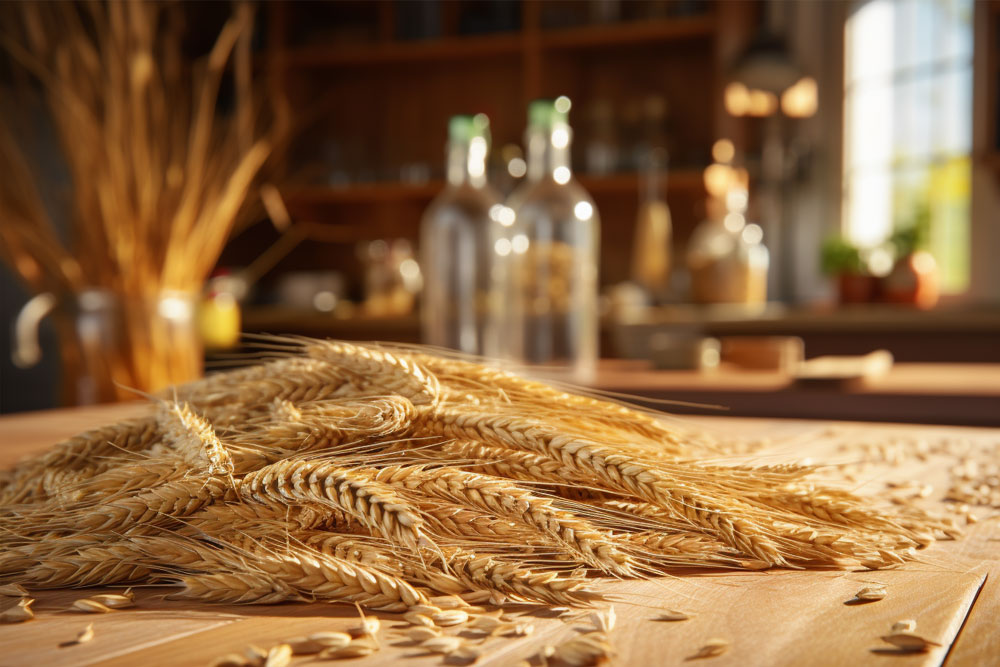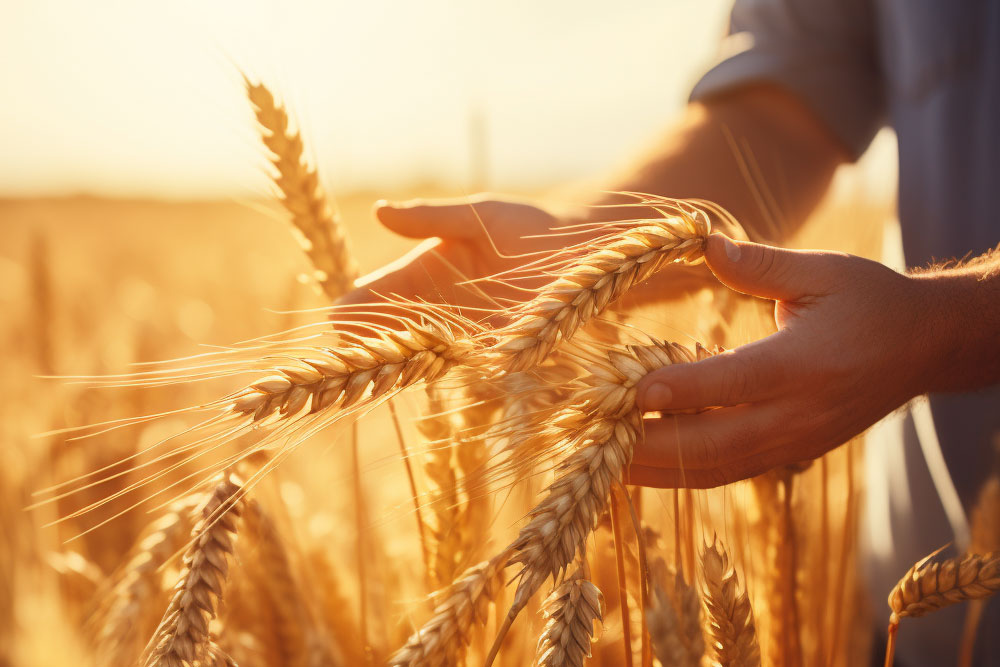Beyond the Bread: 5 Things You Didn't Know About Wheat
As one of the mainstays of our daily diet, wheat is often taken for granted. Though many of us have only seen it in pictures or children's drawings, this key component of food culture is brimming with intriguing secrets. Discover the rich heritage and hidden truths behind this ancient grain.

If you've been keeping an eye on health news over the past decade, you've probably heard on repeat that wheat may not be the healthiest option out there. While white bread was once the only option, today, our grocery shelves are lined with a myriad of breads made from all sorts of grains, some containing no wheat at all. Wheat often gets a bad rap due to confusing information online, but we're here to set the record straight. In honor of Tu B'Shevat, let's celebrate this ancient grain by exploring some fascinating facts and restoring its good name.
1. Crunching the Numbers
- Wheat is one of the world's most important grains, grown everywhere but the tropics.
- The annual production of wheat is around 736 million tons, serving as a primary food source for about 35% of the global population.
- Wheat is composed of approximately 70% starch, 10% protein, and 2% dietary fiber.
- Wheat is used in a vast range of foods, including bread, cakes, and pastas, providing essential vitamins, minerals, and enzymes.

2. Sensitivity Alert
In recent years, awareness has grown regarding "wheat sensitivity." It's not the same as celiac disease, which is a clinical gluten intolerance and a serious health condition, but rather a situation where the body reacts uncomfortably to wheat. Symptoms can include skin and digestive issues, and the only remedy is to avoid wheat.
If you discover you have this sensitivity, it's crucial to steer clear of all wheat products to avoid symptoms. However, for those who can tolerate wheat, it's a valuable part of a balanced diet.
3. A Healthy Choice
Despite its questionable reputation, wheat is an excellent source of dietary fiber, essential for digestive health. Fiber helps maintain a feeling of fullness and reduces the risk of heart disease, type 2 diabetes, and certain cancers. Wheat also provides protein, necessary for tissue repair, immune function, and healthy nervous and muscular systems. And let's not forget carbohydrates, vital for energy and brain function.

4. Wheat in Jewish Tradition
Wheat plays a significant role in Judaism, mentioned in the Torah, Mishnah, and Talmud. It's one of the Seven Species of the Land of Israel, cited in Deuteronomy 8:8: "A land of wheat and barley, vines and fig trees, pomegranates, a land of olive oil and honey." On Tu B'Shevat, it's customary to place bread or puffed wheat on the table as wheat symbolizes abundant sustenance. As Rabbi Chaim Palaggi writes in "Moed Lechol Chai" (chapter 30) - "On the eve of Tu B'Shevat, the New Year for Trees, most Jewish communities set the table with fruits of the tree and of the earth to their ability, with each person blessing one fruit. The man makes the blessing over wheat after the grace after meals, 'He satisfies you with the finest of wheat' (Psalms 147:14), for prosperity in sustenance. The woman blesses over the vine, as it is written 'Your wife will be like a fruitful vine,' and the son over the olive - 'Your children will be like olive shoots around your table.'"

5. The Special Leaf
Let’s wrap it up with a surprising fact: the last leaf of the wheat plant, known as the flag leaf, is responsible for the production of about 75% of the nutrients in the grains. If the flag leaf is damaged, there's hardly any yield.

